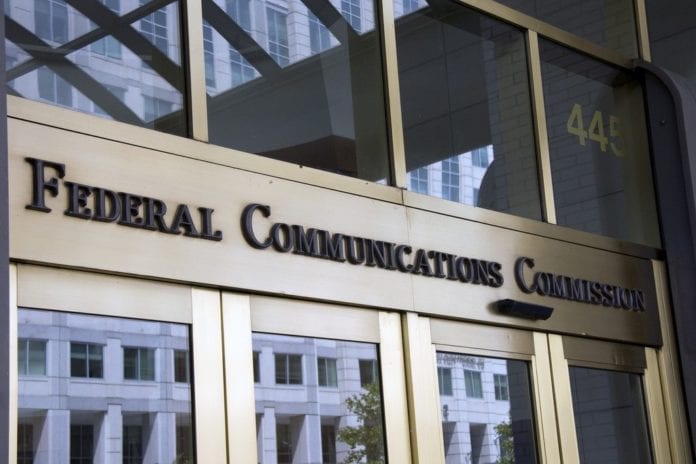FCC cuts off Universal Service Fund money to buy and maintain US networks that use Chinese kit
It’s been a long time coming but, despite the protracted journey, reaching the destination still stings for the small and rural domestic mobile network operators that use network infrastructure provided by Chinese firms Huawei and ZTE. The U.S. Federal Communications Commission on June 30 issued a public notice that, effective immediately, effected operators cannot receive federal money “to purchase, obtain, maintain, improve, modify, or otherwise support any equipment or services produced or provided by Huawei or ZTE.”
The Rural Wireless Association, which represents effected operators, said it was “stunned” by the FCC decision…As a result, rural carriers who have deployed Huawei or ZTE equipment or services in their networks will now lack the ability to support their critical networks that are serving hundreds of thousands of rural Americans and those traveling through rural America.”
So, as operators work to fulfill FCC guidance around the importance of connectivity during the COVID-19 pandemic, the problem is around ongoing support for the Huawei and ZTE equipment that’s already installed. From the RWA, “Given the difficult in demonstrating where specifically their [Universal Service Fund] support is being utilized in their networks, this puts rural carriers in a precarious situation…”
Huawei and ZTE have become focal points for U.S. politicians against the larger economic and geopolitical tension with China. In addition to funding a rip-and-replace of Huawei and ZTE equipment in the U.S., lawmakers and their proxies are also pressuring allies to exclude Huawei and ZTE from 5G network builds. As such, it’s not surprising that the FCC’s latest move is couched in terms of fighting against companies that represent a “national security threat to the integrity of communications networks and the communications supply chain.”
That supply chain diversification language comes up in many open RAN discussions as well. In addition to the network economics angle, open RAN vendors talk about their role in fostering supply chain resiliency and contributing to U.S. leadership in network infrastructure research, development and market share gain; in fact, the recently formed Open RAN Policy Coalition is focused on acquiring federal money to do just that.
FCC Commissioner Geoffrey Starks brought this up in a public statement on the latest public notice regarding Huawei and ZTE. He said rip and replace plans should come in tandem with “seriously consider[ing] leveraging Open RAN technology…this approach could advance American technological leadership, enhance competition, and reduce our reliance on foreign vendors–all while bringing down replacement costs. I have long championed Open RAN technology as a potential solution to this problem that will allow us to ensure that the next technological revolution advances safely and securely.”
At least one rural operator, Inland Cellular, has turned to an open RAN but not to get rid of Huawei and ZTE equipment but rather because the company wasn’t able to effectively work with Ericsson and Nokia. According to an interview with the Washington Post, Inland worked with Ericsson on its 3G network and with Nokia on its LTE network. Company EVP Chip Damato said its work with the two incumbent European vendors always ran into cost problems. “Anything you wanted to do was a huge financial hit on us,” he said in the piece by Jeanne Whalen. “Based on what we were doing, we couldn’t survive. …So we went out looking for alternatives.” Damato reckoned OpenRAN cuts per site cost by around 40% or approximately $20,000.
As to the political side of this, Damato told the Washington Post, “We’re not going to be in the mix when it comes to any kind of regulatory issue or anything that happens at the government level. We’ve got to go out and be as resourceful as we can.”
Parallel CEO Steve Papa, in response to the FCC’s public notice, expanded on the national security threat to also include Huawei/ZTE and China as an “economic security threat.” Papa has supported U.S. investment in open RAN but has tried to draw attention to the larger issue around U.S. investment and leadership in semiconductor design and manufacturing. Papa’s comments go directly into macroeconomics in terms of how money invested into the Chinese semiconductor industry is money that’s not invested into the U.S. semiconductor industry, which also has a straight line to workforce expertise.
“It has a cumulative effect to depress U.S. leadership relative to China which plays out over time. It is very easy to ignore until it’s too late. We can sit back and shout ‘free market’ despite China’s clear acts of market distortion and let this strategic loss happen. Or we can choose to fight back and invest nationally in more R&D in this area. Today is an important first step in the right direction but we must not stop here.”

